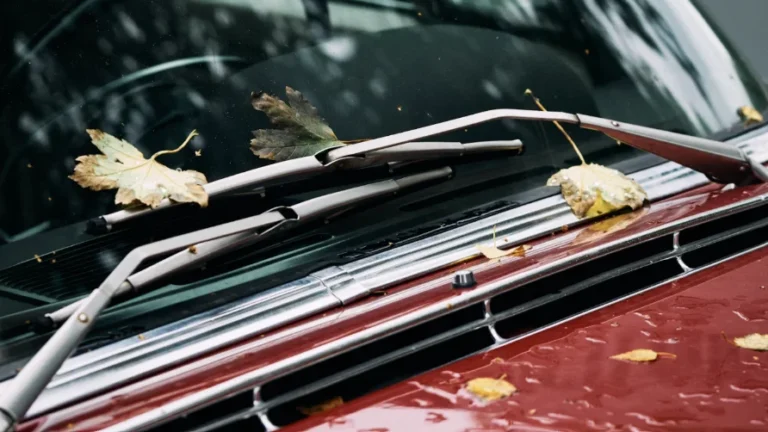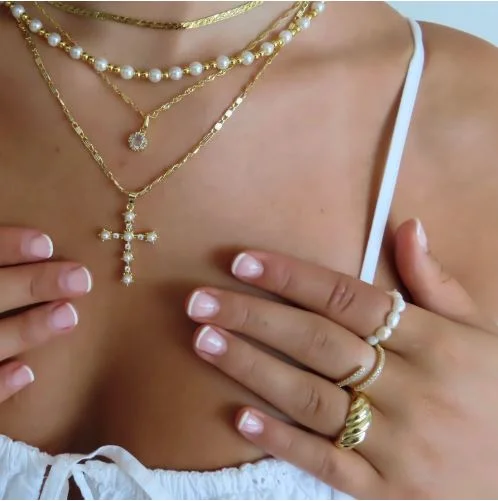Drawing basketball scenes or players can be both fun and challenging. Whether you’re an artist or just starting out, mastering drawing:cul23ybyzfm= basketball requires practice and understanding of key techniques. This guide will walk you through the basics, offering tips and techniques to help you improve your drawing:cul23ybyzfm= basketball.
1. Understanding Basketball Anatomy
To draw basketball effectively, you need to understand the anatomy of both the basketball and the players. Here are a few key points:
- Basketball Anatomy: A basketball is a spherical object with a distinctive orange color and black lines. It’s important to get the shape and texture right. Practice drawing the ball from different angles to capture its three-dimensional form.
- Player Anatomy: Players have dynamic poses and muscular structures. Focus on capturing the movement and posture typical of basketball players. Study their action shots to understand how their bodies move during dribbling, shooting, and jumping.
2. Essential Drawing Techniques
Here are some techniques to help you draw basketball scenes and players more effectively:
- Proportions: Pay attention to the proportions of the basketball and the players. Use guidelines to ensure accurate size and placement. For players, use the rule of thirds to divide their bodies into manageable sections.
- Shading and Texture: Add depth to your drawing with shading. For the basketball, use gradients to represent the spherical shape and surface texture. For players, use shading to show muscles and movement.
- Perspective: Drawing from different perspectives can enhance the realism of your basketball scenes. Practice drawing from various angles to improve your spatial awareness and depth.
3. Tools and Materials
Choosing the right tools can make a big difference in the quality of your drawings. Here are some recommended materials:
- Pencils: Use a range of pencils (HB, 2B, 4B) for different shading effects. A softer pencil (like 4B) is good for darker areas, while an HB pencil works well for lighter lines.
- Erasers: A kneaded eraser is useful for lifting graphite and creating highlights, especially on the basketball’s surface.
- Paper: Opt for smooth, high-quality drawing paper to achieve clean lines and accurate shading. A sketchpad with thicker paper is ideal for detailed work.
4. Common Mistakes to Avoid In drawing:cul23ybyzfm= basketball
Here are some common pitfalls to watch out for when drawing:cul23ybyzfm= basketball scenes:
- Ignoring Proportions: Incorrect proportions can make your drawings look unrealistic. Always check your proportions and use reference images if needed.
- Overlooking Details: Small details like the texture of the basketball or the player’s uniform can add realism. Pay attention to these details to enhance your drawings.
- Neglecting Practice: Drawing is a skill that improves with practice. Set aside regular time to draw and experiment with different techniques.
5. Improving Your drawing:cul23ybyzfm= basketball
To continually improve yourdrawing:cul23ybyzfm= basketball consider the following tips:
- Study Professional Artwork: Analyze drawings by professional artists to understand their techniques and styles. Pay attention to how they capture movement and detail.
- Take Drawing Classes: Enroll in drawing classes or workshops to get feedback and learn new techniques. Many online platforms offer courses focused on sports and action drawings.
- Join Drawing Communities: Share your work and receive constructive criticism from other artists. Online forums and social media groups can be great places to find support and inspiration.
FAQs
1. What is the best way to start drawing a basketball player?
Start by sketching basic shapes to outline the player’s posture and proportions. Use light pencil strokes to adjust the form as needed. Focus on capturing the dynamic movement and pose, then refine the details gradually.
2. How can I improve my shading techniques for drawing:cul23ybyzfm= basketball?
Practice using different pencil grades to achieve various shading effects. Use blending tools or a tissue to smooth out gradients and create realistic shadows. Study how light interacts with objects to apply shading accurately.
3. What materials do I need to drawing:cul23ybyzfm= basketball scene?
You’ll need pencils (HB, 2B, 4B), erasers (including a kneaded eraser), and smooth drawing paper. Optional tools include blending stumps for shading and colored pencils if you want to add color to your drawings.
4. How do I draw the texture of a basketball accurately?
Focus on the distinctive lines and surface texture of the basketball. Use your pencil to create light, curved lines that represent the texture. Gradually build up layers of shading to capture the ball’s roundness and texture.
5. Can I use digital tools for drawing:cul23ybyzfm= basketball scenes?
Yes, digital tools can be very effective for drawing. Software like Adobe Photoshop or Procreate offers various brushes and features that can help you achieve detailed and polished drawings.
Conclusion
drawing:cul23ybyzfm= basketball scenes requires practice and understanding of key techniques. By focusing on proportions, shading, and using the right tools, you can improve your drawings and capture the dynamic nature of the game. Remember to avoid common mistakes, study professional artwork, and continually practice to enhance your skills.






















+ There are no comments
Add yours